Joost Scholten Sander van der Meij

Nigeria has a population of over 180 million and a multitude of small businesses. On that scale, food wastage is a big problem. 90 million smallholders in this African nation have hardly any access to refrigeration facilities, leading to losses of up to 50% of the harvest. Entrepreneur Nnaemeka Ikegwuonu came up with the idea of ColdHubs, solar-powered refrigeration units which multiple businesses can share.
Ikegwuonu targets producers like farmers and fishermen as well as parties such as retailers and wholesalers. In addition, he aims to improve the position of women in Nigeria by offering them jobs at Cold Hubs.
COLD HUBS

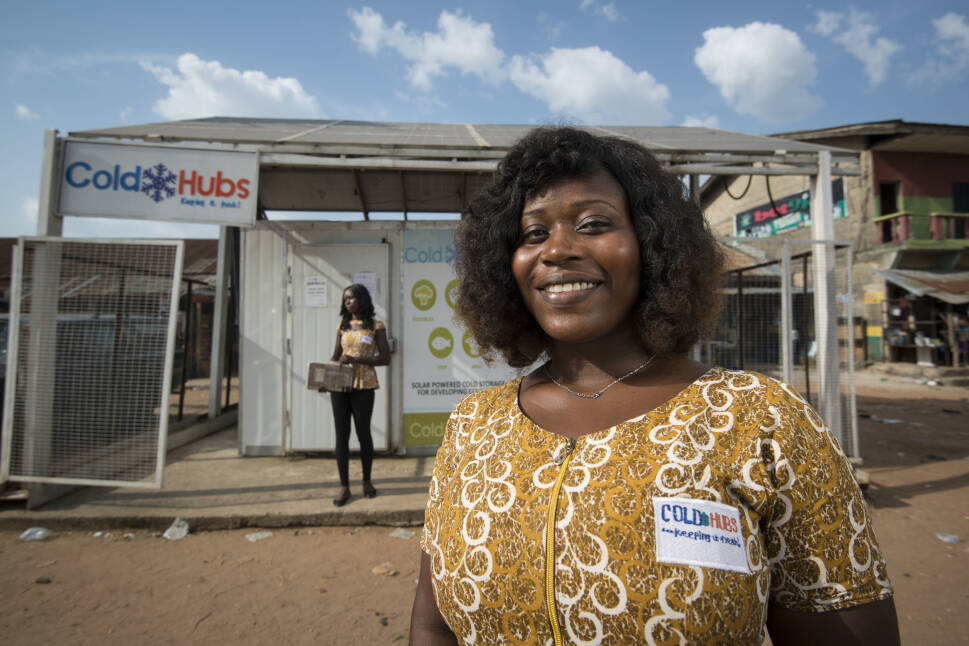

FOOD & BEVERAGE ATM
The Food & Beverage ATM in India was initiated by local organisation No Food Waste and aims to move excess food directly to the right place. Restaurants install a F&B ATM (basically a fridge) on their premises into which the kitchen brigade and employees of local supermarkets deposit excess products they have purchased. With their meals, the restaurant guests receive F&B vouchers which they can give to people who are having trouble making ends meet. These people can then exchange their vouchers for products from the ATM.



NO FOOD TO WASTE
In Belgium, partners including the government and hospitality businesses in the Flanders region, launched the No Food to Waste initiative. The objective of this partnership is to reduce food wastage in Belgium. The partners aim to achieve a 30% reduction in food loss by the year 2025. 422 chefs have already signed up to the movement. By joining forces, they are creating a powerful resistance to food wastage.


GOOGLE OFFICE
At Google offices, their restaurant kitchen brigades always keep an eye on leftover flows from meetings. At the most recent Google Food Lab Summit we saw with our own eyes how, for example, they used coffee that had not been drunk on a previous day to make ice lollies. And the Teff Waffles left over from the first day’s breakfast? They were served the day after as crumble on the dessert at lunch. A creative approach in this type of catering environment makes it possible to give waste new value.

DC CENTRAL KITCHEN
is one of the longest-running examples of the battle against food wastage. Frustrated by his experiences as a volunteer in homeless shelters, nightclub owner Richard Egger set up DC Kitchen in 1989. He began by collecting food that was about to be thrown out and used it to create healthy meals for the homeless. He immediately turned the preparation of these meals into a school for unemployed Americans. Since then, scores of DC Kitchens have been set up across the US, to do battle against wastage of food and human resources.



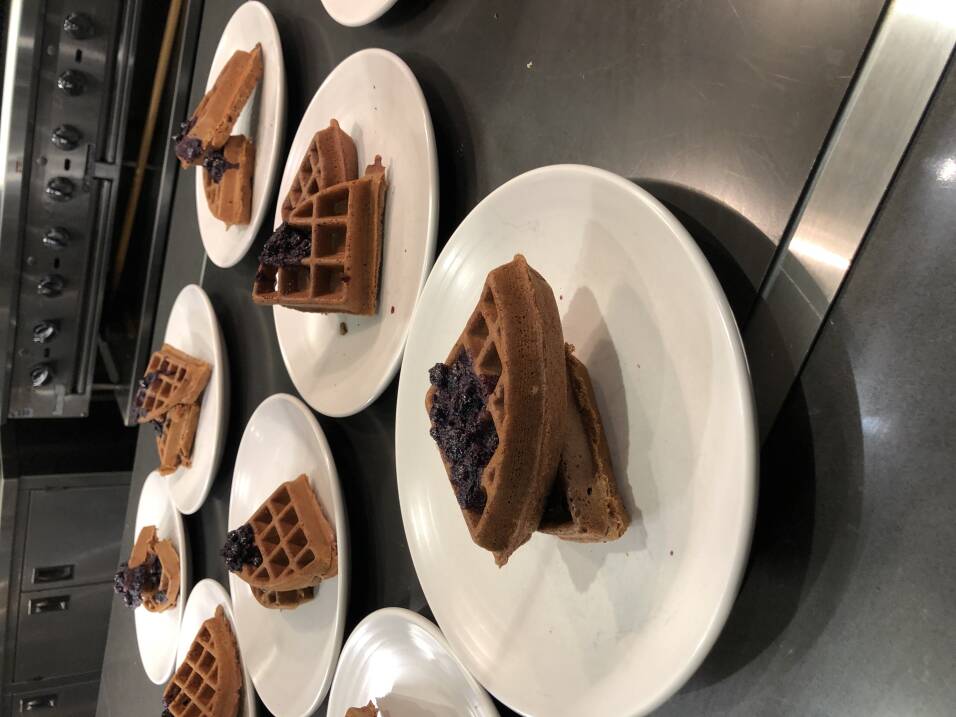
INSTOCK
is an upcoming Dutch restaurant chain, set up by four former employees of retail giant Ahold. They were dismayed at how much food was being discarded by supermarkets every day. Until, that is, they got the idea of collecting as much food as possible that is on the cusp of its sell-by date and then processing it in Instock restaurants’ menus. This approach is pretty demanding for kitchens, after all, they never know what ingredients they will receive, but Instock is a perfect weapon in the war on waste.
Besides their four restaurants, they also brew beers from discarded potatoes and leftover bread. Instock also sells granola and they have published two cookery books. In the past four years, this initiative has saved over 690,000 kilos (1,521,000 lbs) of food from going to waste.


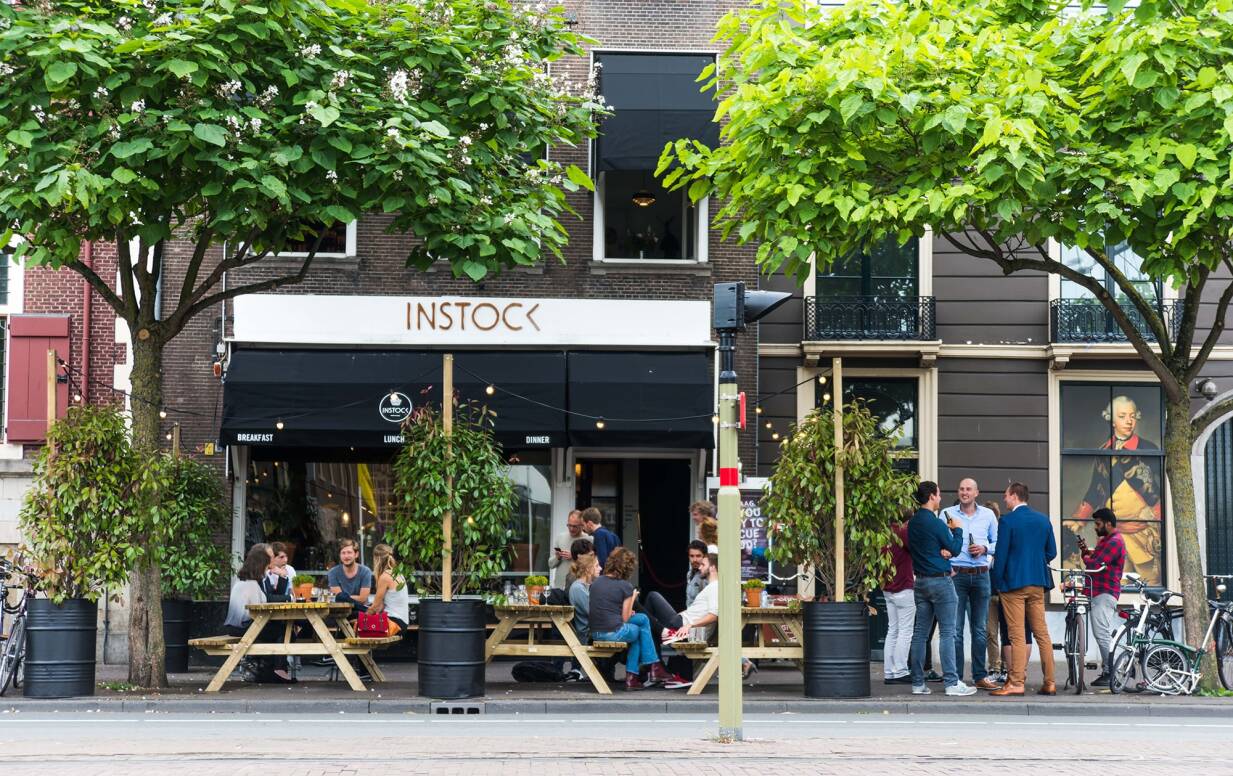
MAISON ZERO DECHET
Paris is not only famous for the climate agreement, it’s also a city rich in zero-waste initiatives. From no-waste picnics to a no-waste festival. And near the Sacre Coeur there’s even a Maison Zéro Déchet, where visitors can purchase no-waste products and can learn more about a no-waste lifestyle.
Paris wouldn’t be Paris, though, if its gastronomical sector didn’t take up the challenge in a characteristically French way: nose to tail. At many Paris restaurants, chefs fill croquettes with offal such as intestines. A perfectly delicious way to make use of waste.


ENTREPENEURS WHO BRING FOOD WASTE
TO THE MARKET
For many, food waste is one of the most frustrating unwanted by-products of the hospitality industry. Fortunately, there is no shortage of innovative chefs and entrepreneurs around the world who are creating value from waste. That’s good news for kitchens, guests, accountants and above all, the planet.

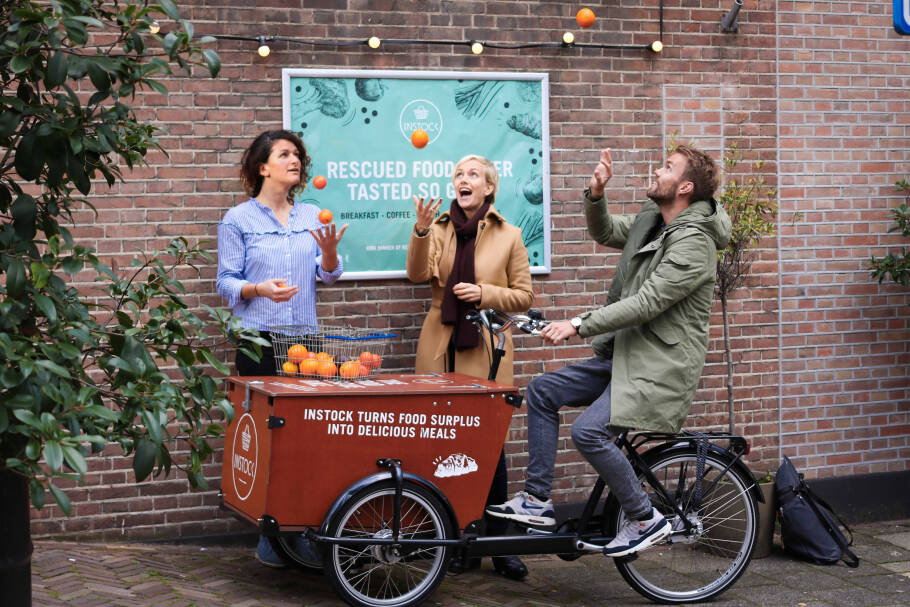
COOL CONCEPTS
4 min
TURNING TRASH INTO TREASURES





Nigeria has a population of over 180 million and a multitude of small businesses. On that scale, food wastage is a big problem. 90 million smallholders in this African nation have hardly any access to refrigeration facilities, leading to losses of up to 50% of the harvest. Entrepreneur Nnaemeka Ikegwuonu came up with the idea of ColdHubs, solar-powered refrigeration units which multiple businesses can share.
Ikegwuonu targets producers like farmers and fishermen as well as parties such as retailers and wholesalers. In addition, he aims to improve the position of women in Nigeria by offering them jobs at Cold Hubs.
COLD HUBS


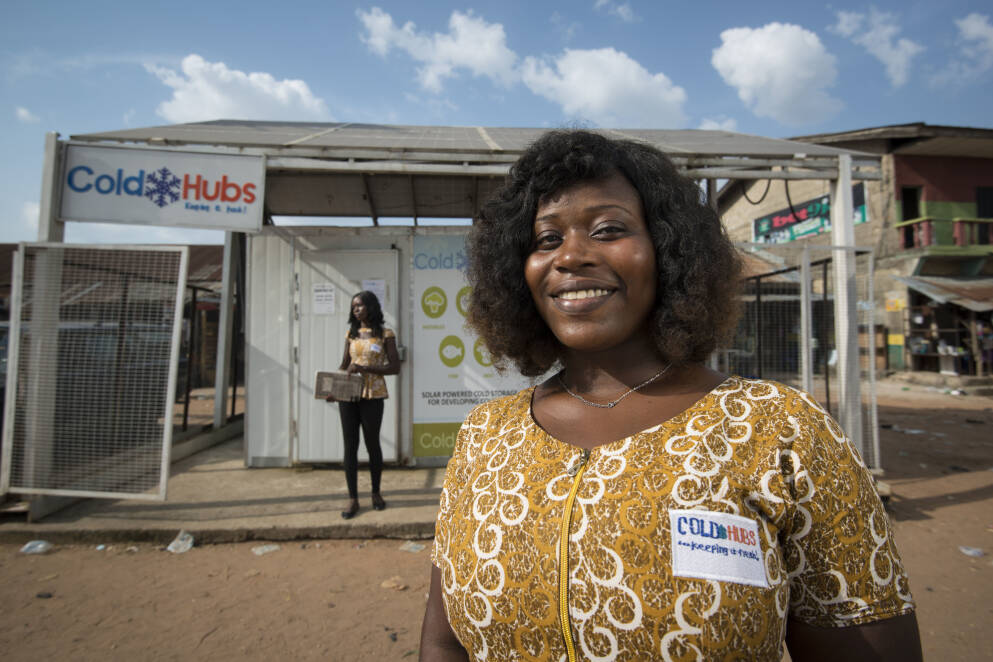
The Food & Beverage ATM in India was initiated by local organisation No Food Waste and aims to move excess food directly to the right place. Restaurants install a F&B ATM (basically a fridge) on their premises into which the kitchen brigade and employees of local supermarkets deposit excess products they have purchased. With their meals, the restaurant guests receive F&B vouchers which they can give to people who are having trouble making ends meet. These people can then exchange their vouchers for products from the ATM.
FOOD & BEVERAGE ATM


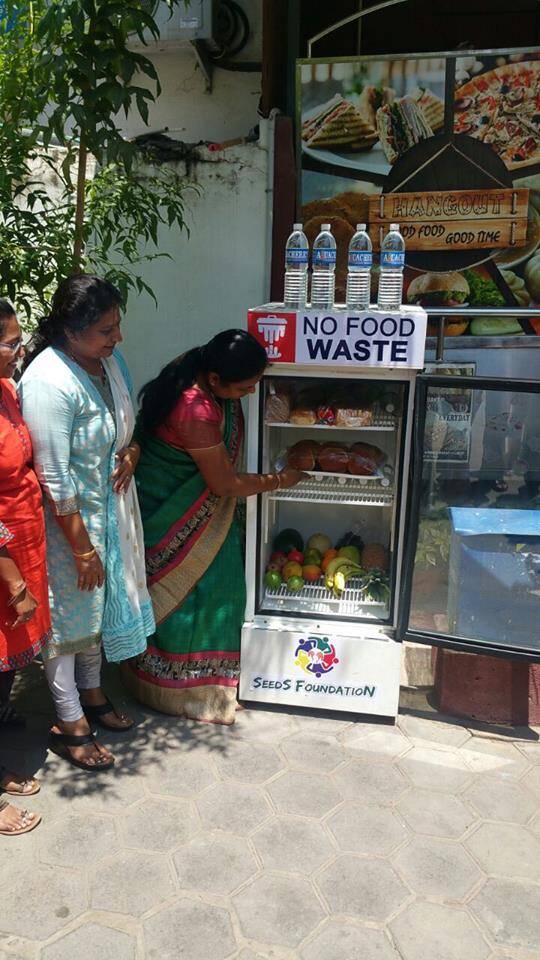
In Belgium, partners including the government and hospitality businesses in the Flanders region, launched the No Food to Waste initiative. The objective of this partnership is to reduce food wastage in Belgium. The partners aim to achieve a 30% reduction in food loss by the year 2025. 422 chefs have already signed up to the movement. By joining forces, they are creating a powerful resistance to food wastage.
NO FOOD TO WASTE


At Google offices, their restaurant kitchen brigades always keep an eye on leftover flows from meetings. At the most recent Google Food Lab Summit we saw with our own eyes how, for example, they used coffee that had not been drunk on a previous day to make ice lollies. And the Teff Waffles left over from the first day’s breakfast? They were served the day after as crumble on the dessert at lunch. A creative approach in this type of catering environment makes it possible to give waste new value.
GOOGLE OFFICE


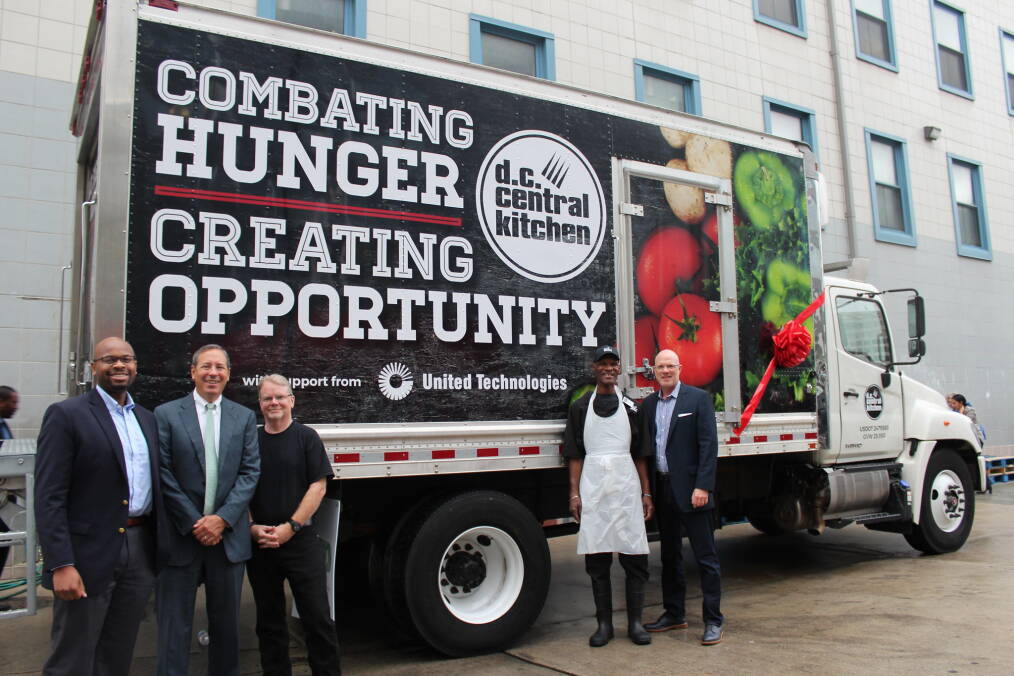
is one of the longest-running examples of the battle against food wastage. Frustrated by his experiences as a volunteer in homeless shelters, nightclub owner Richard Egger set up DC Kitchen in 1989. He began by collecting food that was about to be thrown out and used it to create healthy meals for the homeless. He immediately turned the preparation of these meals into a school for unemployed Americans. Since then, scores of DC Kitchens have been set up across the US, to do battle against wastage of food and human resources.
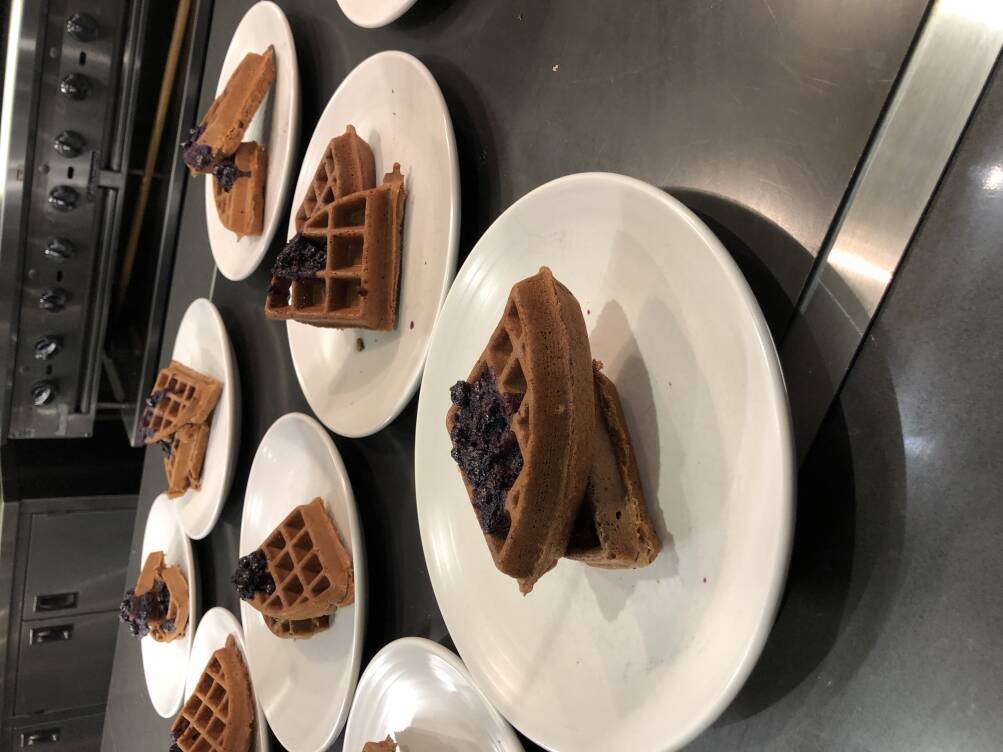
DC CENTRAL KITCHEN

INSTOCK
is an upcoming Dutch restaurant chain, set up by four former employees of retail giant Ahold. They were dismayed at how much food was being discarded by supermarkets every day. Until, that is, they got the idea of collecting as much food as possible that is on the cusp of its sell-by date and then processing it in Instock restaurants’ menus. This approach is pretty demanding for kitchens, after all, they never know what ingredients they will receive, but Instock is a perfect weapon in the war on waste.
Besides their four restaurants, they also brew beers from discarded potatoes and leftover bread. Instock also sells granola and they have published two cookery books. In the past four years, this initiative has saved over 690,000 kilos (1,521,000 lbs) of food from going to waste.


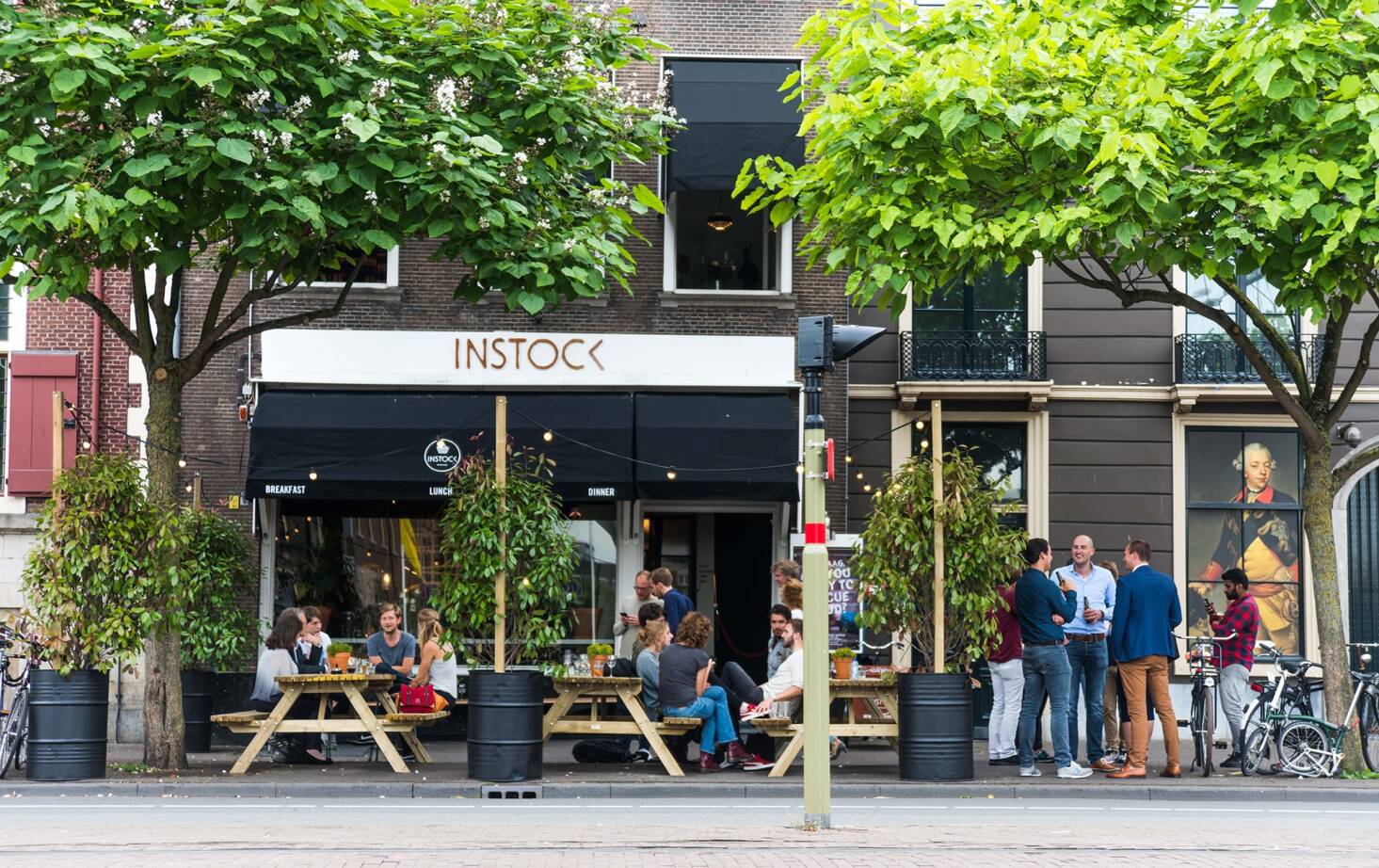
MAISON ZERO DECHET
Paris is not only famous for the climate agreement, it’s also a city rich in zero-waste initiatives. From no-waste picnics to a no-waste festival. And near the Sacre Coeur there’s even a Maison Zéro Déchet, where visitors can purchase no-waste products and can learn more about a no-waste lifestyle.
Paris wouldn’t be Paris, though, if its gastronomical sector didn’t take up the challenge in a characteristically French way: nose to tail. At many Paris restaurants, chefs fill croquettes with offal such as intestines. A perfectly delicious way to make use of waste.


Joost Scholten Sander van der Meij
ENTREPENEURS WHO BRING FOOD WASTE
TO THE MARKET
For many, food waste is one of the most frustrating unwanted by-products of the hospitality industry. Fortunately, there is no shortage of innovative chefs and entrepreneurs around the world who are creating value from waste. That’s good news for kitchens, guests, accountants and above all, the planet.

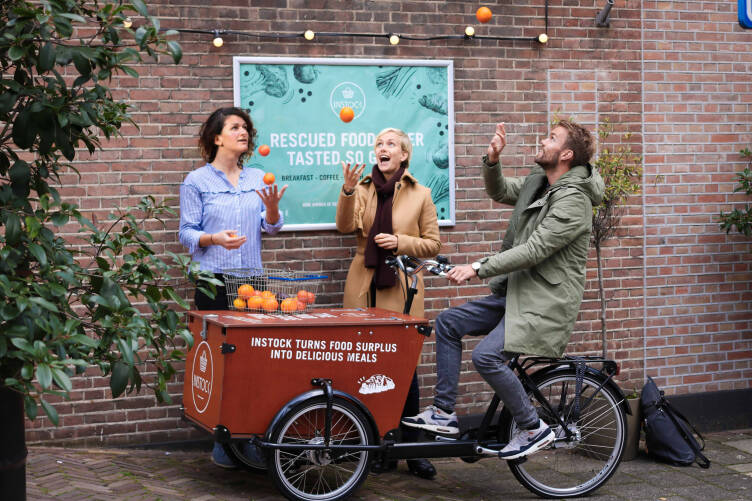
TO WINNINGS





4 min








